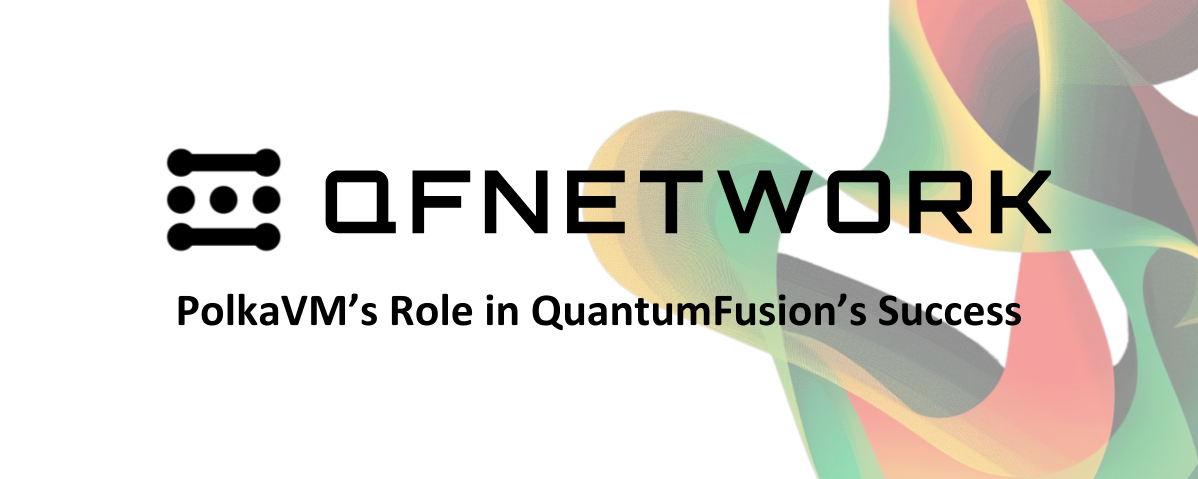
Quantumfusion Announces Major Milestone in Polkavm Integration
DENPASAR, INDONESIA, December 16th, 2024,
In late November, up-and-coming L1 QuantumFusion announced a milestone in its development. PolkaVM, a RISC-V Virtual Machine, promises much faster execution times than other VMs.
On the recent development milestones, the team had this to say: “The potential of RISC-V smart contracts is immense, and we’re committed to pushing these capabilities forward together with the open-source community.”
The Need for a Better Smart Contract Environment
While blockchain development continues to expand rapidly, the industry faces challenges such as slow transaction speeds, high costs, and limited flexibility, which may impede broader adoption and innovation.
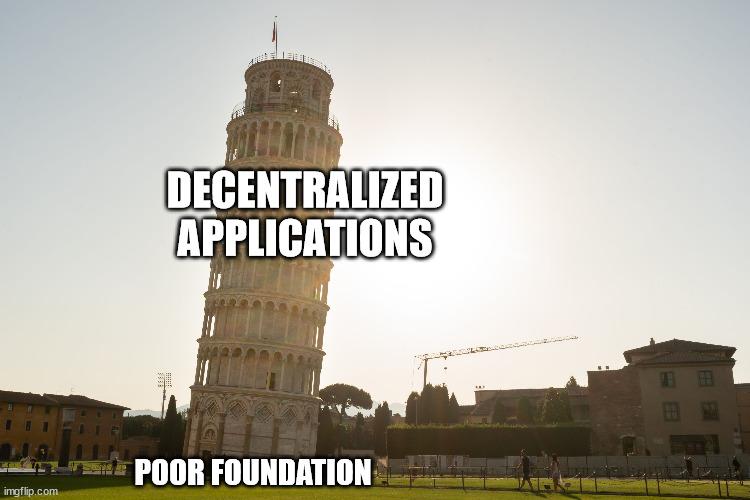
One can build the best application, but they will run into issues down the line if the execution environment is not solid. In development terms, the challenge lies in building scalable, user-friendly applications while navigating the constraints of traditional virtual machines (VMs).
QuantumFusion addresses this challenge head-on with PolkaVM, one of the key integrations that place its infrastructure ahead of the pack. PolkaVM prioritizes speed, efficiency, and developer usability, embodying the structural efficiency that developers are missing in contemporary Virtual Machines.
PolkaVM’s Advanced Architecture: LLVM Support and RISC-V Flexibility
Substrate’s forklessly upgradeable runtimes allow blockchains to start with basic functions and add advanced features—like zero-knowledge proofs, custom cryptography, and cross-chain bridging—as needed. While powerful, this approach can be slow and restrictive, limiting developer flexibility. PolkaVM solves these challenges by offering a faster, more adaptable solution for the Quantum Fusion Network (QFN).
However, many projects find this process too slow and permissioned, restricting the freedom to innovate. Decentralized application (dApp) developers need the ability to define state transition logic on their own terms. This is where PolkaVM’s advanced architecture takes center stage within the Quantum Fusion Network (QFN).
At the heart of PolkaVM’s capabilities are two core innovations: LLVM (Low-Level Virtual Machine) compatibility and the RISC-V architecture.
LLVM Compatibility
PolkaVM’s integration with LLVM provides a transformative advantage for developers. LLVM enables smart contracts to be written in widely used programming languages like Rust, C++, and Python, reducing the learning curve and accelerating adoption. PolkaVM ensures that smart contracts are optimized for speed and reliability, aligning with Quantum Fusion’s commitment to a developer-friendly ecosystem.
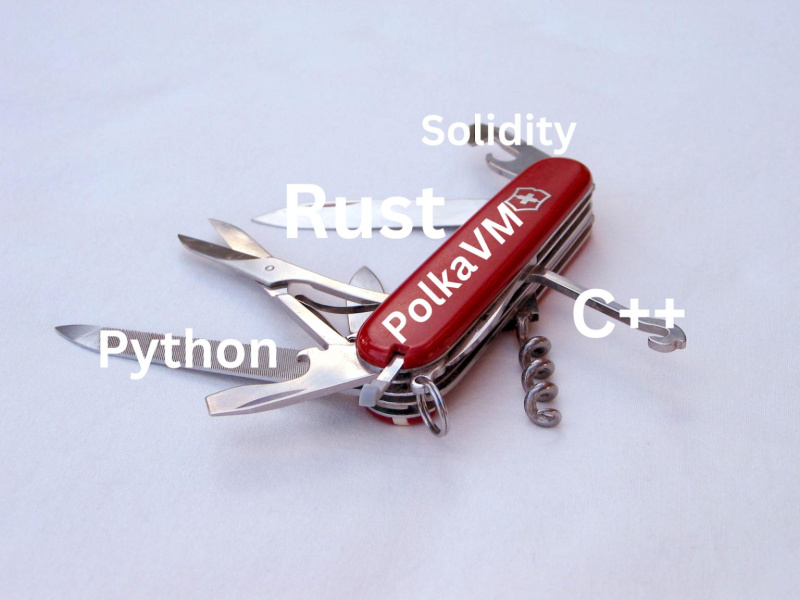
This cross-language support not only democratizes dApp development but also facilitates seamless integration with advanced debugging and profiling tools. Developers benefit from a smoother workflow, enabling them to focus on innovation rather than technical roadblocks.
RISC-V Architecture
Built on the RISC-V instruction set, PolkaVM delivers near-native execution speeds, outperforming traditional engines like BPF, Wasm, and Ethereum’s EVM. PolkaVM’s EVM compatibility layer also enables seamless migration of Solidity-based projects, saving time and effort while still achieving superior performance compared to native EVM environments. PolkaVM is crucial to Quantum Fusion’s vision for scalable, developer-friendly blockchain technology.
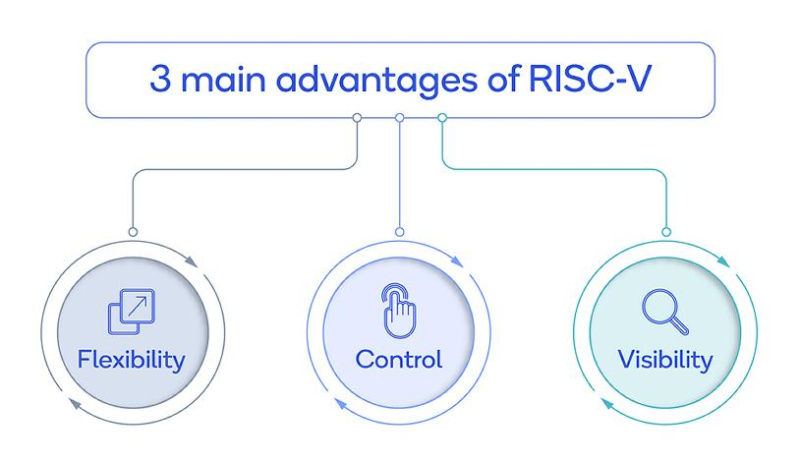
Quantum Fusion leverages RISC-V to enhance PolkaVM’s scalability and efficiency. With faster processing speeds and lower memory requirements, developers can build complex applications that perform reliably under high demand. Additionally, RISC-V’s extensibility supports blockchain-specific optimizations, such as cryptographic operations and gas metering, making PolkaVM a future-proof solution for smart contract execution.
PolkaVM outperforms contemporary Virtual Machines
PolkaVM works to stand out in the competitive landscape of virtual machines by demonstrating exceptional performance metrics, as highlighted in recent benchmarks. PolkaVM aims to address key challenges associated with virtual machine implementations, including speed, flexibility, and efficiency. Positioned as an alternative to Ethereum’s EVM and Solana’s BPF VM, PolkaVM focuses on providing improved performance to meet developer needs.
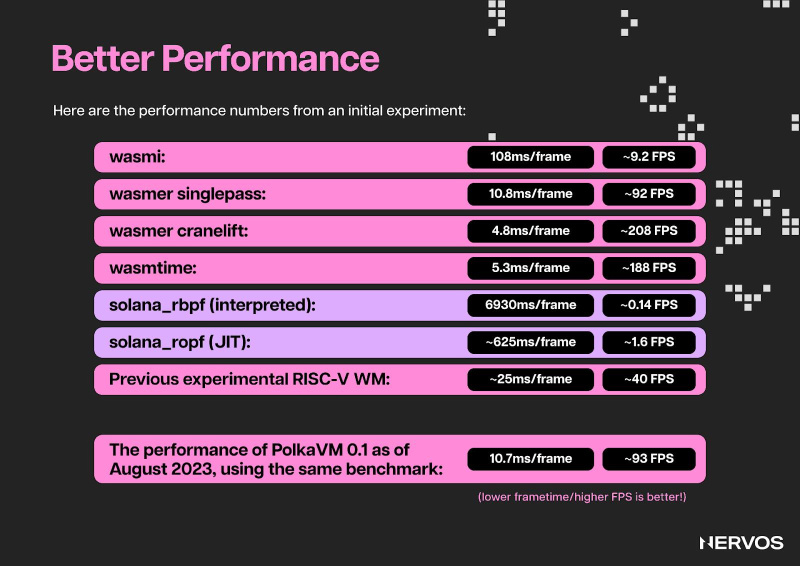
PolkaVM achieves 10.7ms per frame (~93 FPS) in benchmarking tests, outperforming alternatives like Solana’s JIT-optimized BPF VM, interpreted BPF VM, as well as other RISC-V VMs, while competing with Wasmtime and Wasmer Cranelift.
These results highlight PolkaVM’s ability to address limitations in Ethereum’s EVM and Solana’s BPF VM. Notably, ongoing development promises even greater performance improvements in future versions.
Empowering Developers to Build Complex Applications
PolkaVM’s performance metrics have significant implications for developers building decentralized applications (dApps) in key growth categories like Gaming, DeFi, and Data-Intensive Applications.
- Gaming: PolkaVM enables near-real-time, low-latency computation necessary for gaming, ensuring that on-chain interactions (e.g., player actions, asset updates) are executed smoothly without delays.
- DeFi: DeFi relies heavily on virtual machines to execute smart contracts that govern financial transactions. Efficient VMs reduce computational overhead, lower gas costs, and enable rapid transaction execution; critical for real-time trading and financial platforms.
- Data-Intensive dApps: Virtual machines manage on-chain computations and interactions with off-chain data. PolkaVM’s low memory usage and fast execution times ensure it can handle complex analytics and processing tasks.
About QuantumFusion
QuantumFusion merges cutting-edge technologies to revolutionize blockchain, by integrating advanced consensus protocols, parallel execution, innovative storage solutions, and more. Delivering unparalleled speed, scalability, and developer-friendly tools, QuantumFusion is here to break the barriers that have held dApps back from mass adoption.
Website: https://qfnetwork.xyz
